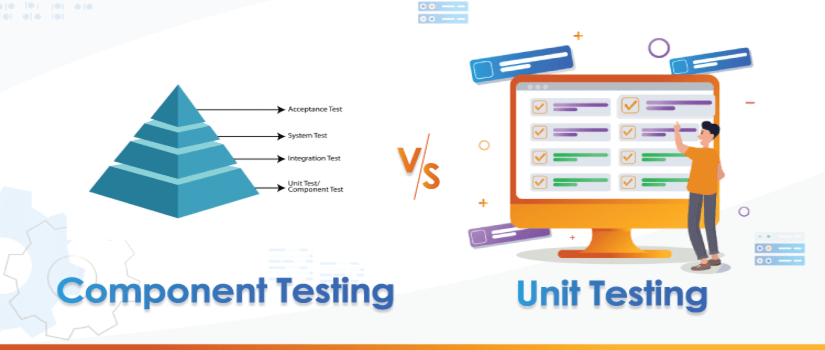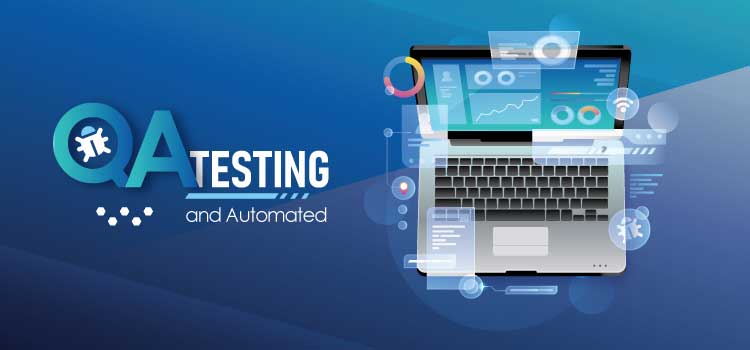Every software follows a certain methodology to get developed and implemented or launched. The time and effort put into the design and development of a software or application are considerable, be it a mobile app, web app or Enterprise Software Application.
Why there are situations where a product is more likely to fail, or an application has chances to crash? How such situations can be minimized or completely eliminated? These are the questions that an organization should look into prior to getting into a software development project with a Tech vendor. Most customers do not question their Tech vendors about their existing in-practice ‘Software Quality Control’ standards.
All such disasters and unexpected situations can be avoided by both Tech Vendors and their respective clients by ensuring absolute measures for Software Quality Control.
According to a Report, published by Consortium for IT Software Quality (CISQ) www.it-cisq.org hkrasner@utexas.edu Date: September 26, 2018: “The cost of poor-quality software in the US in 2018 is approximately $2.84 trillion, the main components of which are seen in the following graph.”

Software quality must be defined as per the set of issues faced by every application or business domain. A test centre of excellence examines a software, application or business portal for stability, quality, functions etc. and is an important part of Software Quality Control.
The process of quality control involves procedures and suggestions that are associated with the requirements of the complete system for the software. It is structured in a way to ensure the software goes from a supposed to a real working product and includes:
Coding: The individual actions of the software are tested
Source Code Control: It is the information about the type of code used
Code Evaluation: Debugging, the code is evaluated to find any mistakes or errors that could result in failure
Modification Management: It involves the changes made to the software while being in development without compromising on the delivery date
Setup Management: Makes sure the software fulfils all the requirements defined and is well set up to be used with other systems (if any)
Testing: Ensures the software is working as per the requirements
Release Management: Takes the software from production into release mode
Product Integration: Ensuring the software is well-integrated and ready to be used by the user
Wikipedia defines Software Quality as “In the context of software engineering, software quality measures how well the software is designed (quality of design), and how well the software conforms to that design (quality of conformance). It is often described as the ‘fitness for purpose’ of a piece of software.”
Quality in Software Engineering has a set of different definitions. Every Software has its own set of requirements and a purpose to serve, user expectations, functional and non-functional requirements are to be met for “fitness for purpose”.
Functional and Non-Functional components are equally important. The functions must facilitate the completion of user goals.

Software quality labels the desirable attributes of software products. Generally, there are two main approaches to software quality that is defect management and quality attributes.
Defect Management Approach is pretty obvious from its name. A software defect can be categorized as any failure to address end-user requirements. It includes missed or misunderstood requirements and errors that could be in design, data relationships, functional logic, process timing, validity checking, and/or coding errors. It is based on counting and managing defects.
Software Quality Attributes Approach is best demonstrated by fixed quality models, such as ISO/IEC 25010:201. Time behavior and performance issues must be addressed by the Software. The compatibility of a Software across various platforms is a key in its Quality assurance. Ease of use, Security, Maintainability and Portability of software contributes to its Quality Standards.
Setting Quality requirement is never an easy task. Agile has helped in this regard and resolves the issue to an extent.
Let’s Not Confuse Software Quality Control SQC With SQA.
SQC is simply a set of activities for ensuring quality in software products. It is primarily based on Review/Testing phases of the Software Development Life Cycle and has an objective to ensure the Software meets specifications, functional & non-functional aspects and overall requirements. SQC activities are reviews for the requirement, design, code, deployment plan, test plan and test cases. Testing part comes up with unit testing, Integration testing, system and acceptance testing.
The Difference Between SQC & SQA
SQA comprises audits of quality management against a particular standard, and it is the control of processes; SQC includes control of products.
Conclusion
Conformance to requirements in the first place is the primary definition of quality but at the same time specifying the requirements is a difficult task.
There are various activities, standards, and techniques that could be followed to ensure high-quality of your software, application or business portal but need to be chosen that aligns closely with the business needs.
At Soft Tech Group, Inc., we ensure the software meets the highest standards through our Software Quality Control strategies and highly tuned agile processes. Contact us to learn more about our services.











